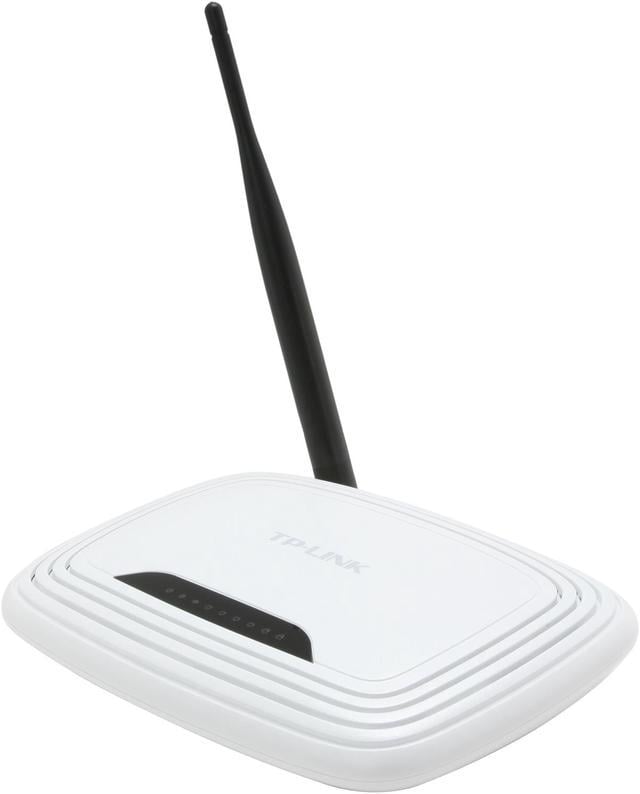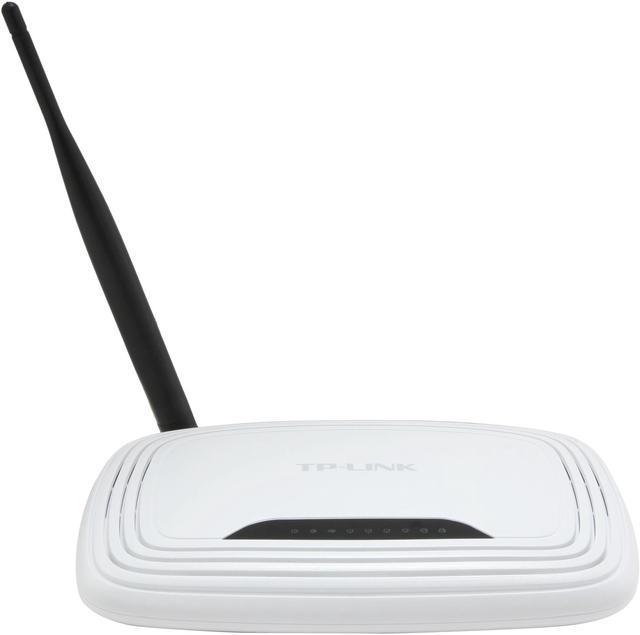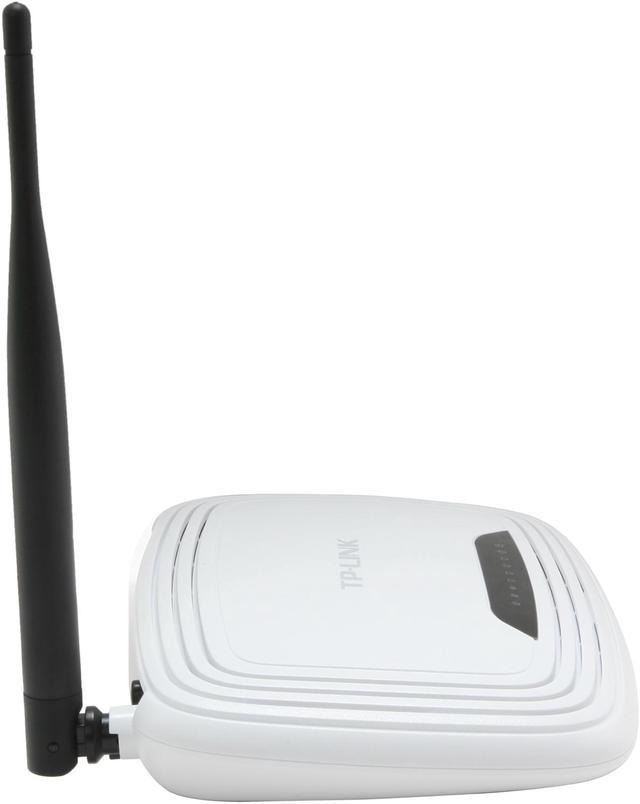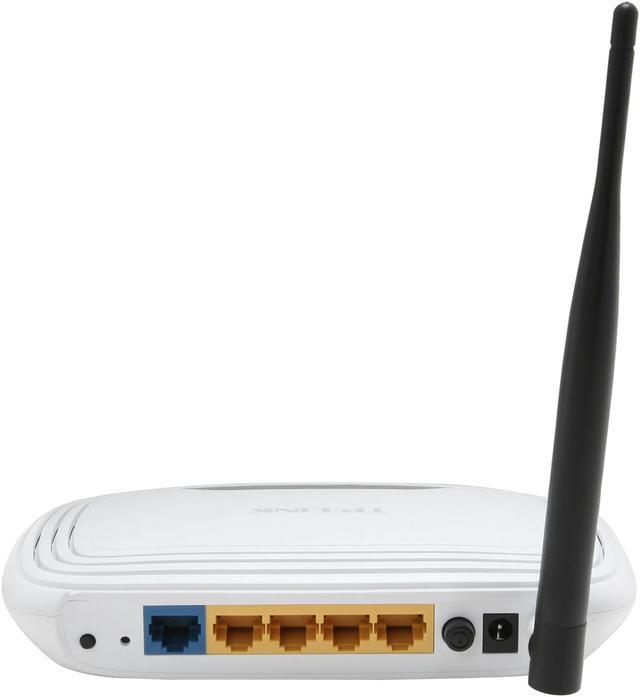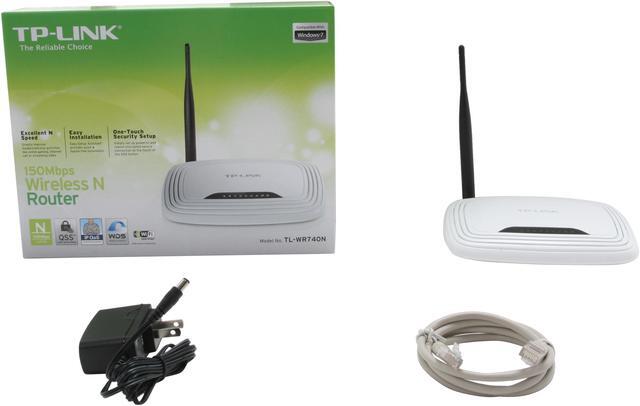The TP-LINK TL-WR740N router based on the IEEE 802.11n technology delivers up to 150Mbps wireless speed and enables a robust and steady connection from a farther distance when working with 802.11n equipments. Bordering on conventional 11N and surpassing 11G performance, this unit makes your high bandwidth-consuming applications smoother and more practical, such as VoIP, video streaming and online gaming.
Multiple security options including 64/128/152-bit WEP / WPA / WPA2, WPA-PSK / WPA2-PSK delivers rock solid protection for your network. A good list of features such as WDS wireless bridge for seamless bridging to expand your wireless network, SPI firewall, access control management, IP based QoS function for reasonable bandwidth allocation and more make the TL-WR740N a perfect choice for your apartment or small office.
